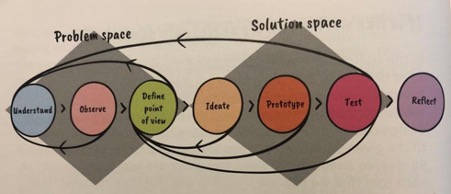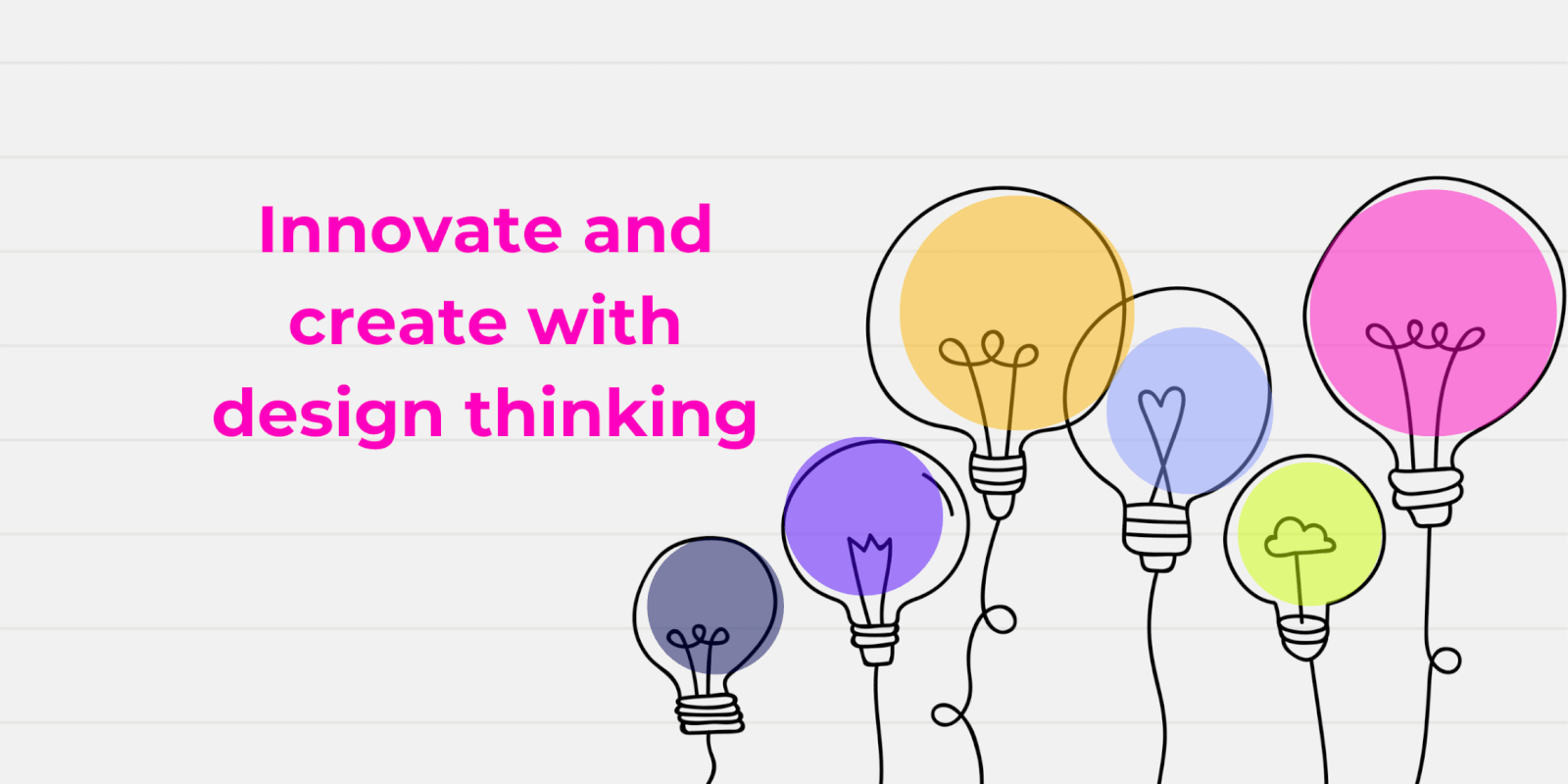Are your marketing efforts feeling a bit stagnant? Need a new way to innovate and find creative solutions to engage with your audience? Design thinking can be the perfect tool for marketers to get closer to their customers – both in understanding their needs, discovering unique insights, and creating effective campaigns. It’s an approach that requires active listening, creativity, and empathy – three characteristics all great marketers need!
What is design thinking?
Design thinking is a human-centred approach to problem-solving that emphasises empathy, creativity, and collaboration. It can be a powerful tool for marketers looking to get closer to their audience, align their leadership, and drive innovation. Sitting closely together with agile marketing principles, we use these tools regularly at Bright to challenge our thinking and drive towards more effective marketing activities.
It helps align your teams by encouraging cross-functional collaboration and communication. By bringing together people from different departments, such as marketing, product, customer success and sales, you can break down silos and work together to solve complex problems. This can lead to more cohesive marketing strategies that are rooted in a shared understanding of the customer and the business goals.
Design thinking drives innovation by encouraging experimentation and iteration. By taking a user-centred approach to marketing, you can quickly test and refine your ideas based on real feedback from your audiences. This can help you stay nimble and adaptable in a fast-changing market and ultimately lead to more effective campaigns that resonate with your customers.

The phases of design thinking
There are many examples of using design thinking frameworks in marketing. One common approach is to use the “understand, observe, define, ideate, prototype, test” framework to guide the marketing process, image above from the brilliant book by Lewrick, Link, and Leifer – The Design Thinking Toolbox.
Here’s how this framework could be applied in the marketing context:
Understand
The marketing team comes together to collect and gather existing information and understand different perspectives on the challenges the marketing team want to solve. Once aligned the team build assumptions that can be tested and discussed in the observe stage.
Observe
The marketing team conducts research to better understand the market and the needs and pain points of their target audience, through interviews, surveys, or observing customer behaviour.
Define
Using the insights gathered, the marketing team then outline the identified problems and start to share potential opportunities. Creating problem statements, persona development, journey mapping and even the value proposition canvas to define your solution fit are useful at this stage.
Ideate
The marketing team generate a range of possible solutions to the defined problem. This should involve team brainstorming or using other creative techniques to generate a range of ideas.
Prototype
The marketing team develops a tangible representation of one or more of the ideas generated in the ideation phase. This could involve creating mock-ups, wireframes, or other prototypes that help to bring the idea to life.
Test
The marketer gathers feedback on the prototype from the target audience conducting user testing, surveys, or other forms of customer feedback to evaluate the effectiveness of the idea and whether it should be developed further.
Other examples of design thinking in marketing include empathy mapping to better immerse marketer’s in their target audience’s environment, or the brand superhero canvas to map the competitive landscape. The sailboat exercise (which is also a great retrospective tool) helps to define a team’s vision, strengths and risks. Overall, design thinking is a versatile framework that can be applied to a wide range of marketing challenges to create more customer-centric solutions.
It’s clear that design thinking is a powerful approach that can help marketers get closer to their audience, align their leadership, and drive innovation. By putting the customer at the centre of their strategies, marketers can develop more effective campaigns that meet their audience’s needs while fostering collaboration and experimentation within their organisation.
If you’re ready to find out more, join us next Thursday, 2nd March for our panel event on when and how to use design thinking in the marketing context.

